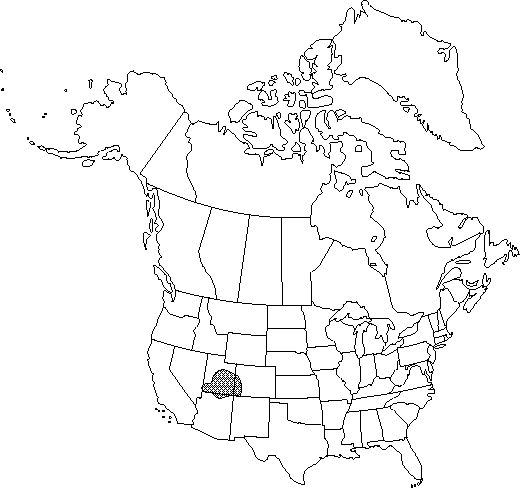Aquilegia micrantha
Proc. Calif. Acad. Sci., ser. 2, 4: 559-560, plate 19. 1895.
EndemicSelected by author to be illustrated
Synonyms: Aquilegia flavescens var. rubicunda (Tidestrom) S. L. WelshAquilegia micrantha var. mancosana Eastwood
Treatment appears in FNA Volume 3.
Revision as of 13:48, 27 July 2019 by FNA>Volume Importer
Stems 30-60 cm. Basal leaves 2-3×-ternately compound, 10-35 cm, much shorter than stems; leaflets green adaxially, to 13-32 mm, viscid; primary petiolules 21-64 mm (leaflets not crowded), glandular-pubescent or glandular. Flowers erect or nodding; sepals perpendicular to floral axis, white, cream, blue, or pink, oblong-lanceolate, 8-20 × 3-6 mm, apex acuminate to obtuse; petals: spurs white or colored like sepals, straight, ± parallel or divergent, 15-30 mm, slender, evenly tapered from base or occasionally ± abruptly narrowed near middle, blades white or cream, oblong, 6-10 × 3-7 mm; stamens 9-14 mm. Follicles 10-20 mm; beak 8-10 mm.
Phenology: Flowering spring–summer (Apr–Sep).
Habitat: Seepy rock walls of canyons
Elevation: 1000-2500 m
Distribution

Ariz., Colo., Utah.
Discussion
Selected References
None.
Lower Taxa
None.
